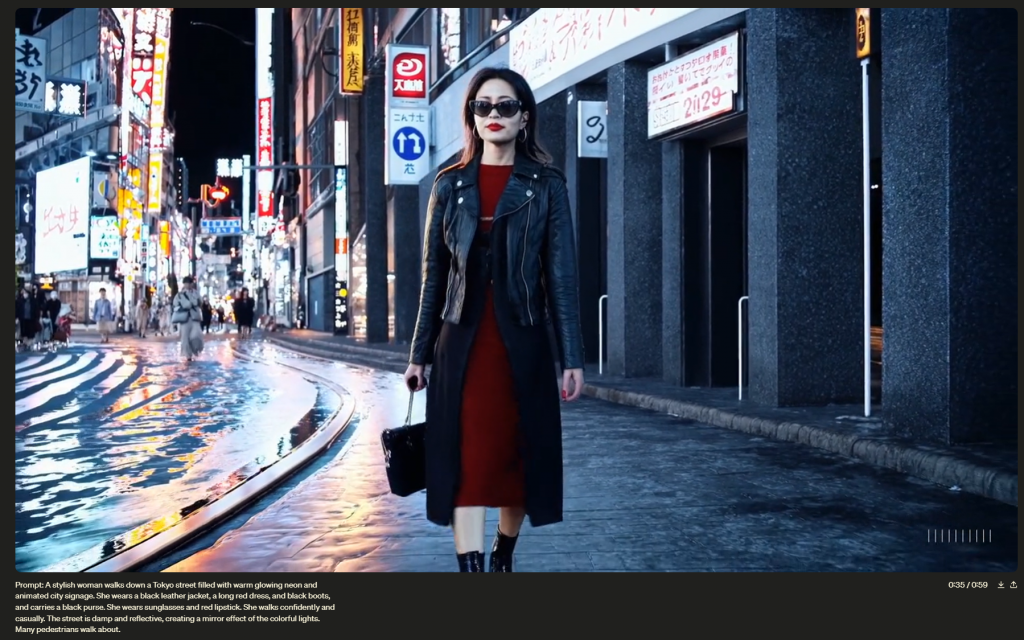Have you ever heard of Sora, the text-to-video generator developed by OpenAI? This revolutionary technology has been making waves in the world of artificial intelligence and creative content creation. But what exactly is Sora, and why is its appearance so significant?

Introducing Sora: The Text-to-Video Generator
Sora is an innovative text-to-video generator developed by OpenAI, a leading artificial intelligence research lab. This cutting-edge technology allows users to generate videos up to a minute long simply by providing a text prompt. What sets Sora apart from other video generators is its ability to create visually stunning videos while maintaining high quality and adhering closely to the user’s prompt.

The Significance of Sora’s Appearance
The appearance of Sora in the realm of artificial intelligence is significant for several reasons. Firstly, Sora’s advanced capabilities in generating complex scenes with multiple characters, specific types of motion, and accurate details of the subject and background represent a major breakthrough in the field of AI-driven content creation. By understanding not only what the user has asked for in the prompt but also how these elements exist in the physical world, Sora is able to create more realistic and engaging videos than ever before.
key features of Sora
One of the key features of Sora is its deep understanding of language, which enables it to accurately interpret user prompts and generate compelling characters that express vibrant emotions. In addition, Sora has the ability to create multiple shots within a single generated video that maintain consistency in characters and visual style. However, like any technology, Sora is not without its weaknesses.
Weaknesses of Sora
Despite its impressive capabilities, Sora does have some weaknesses. For example, the model may occasionally create physically implausible motion in its generated videos. It may also struggle with accurately simulating the physics of complex scenes, leading to inaccuracies in details such as cause and effect. Additionally, Sora may confuse spatial details in a prompt, mixing up left and right, and struggle with precise descriptions of events that unfold over time.
The Era of AI Has Arrived
With six to seven decades of development, artificial intelligence is now widely applied in areas such as technological innovation, cultural industries, and industrial manufacturing. The increase in computing power and the reduction in costs have brought general artificial intelligence into the lives of ordinary people. Soon, we will no longer discuss artificial intelligence because it has seamlessly integrated into our daily lives, becoming omnipresent.
Translation is no exception to this trend. Felo’s real-time translation app, utilizing advanced AI technology (GPT-4 + RRT), achieves a balance between translation speed and quality, enabling simultaneous interpretation on mobile phones. Unlike traditional speech translation, simultaneous interpretation means faster speed, smoother translation processes, and maintained quality.
In the era of AI, Felo ensures that everyone can overcome language barriers and have their own AI translation assistant. (Check details here: iOS | Andriod )

Conclusion
In conclusion, Sora’s appearance as a text-to-video generator developed by OpenAI represents a significant advancement in AI-driven content creation. With its ability to generate high-quality videos based on user prompts and its deep understanding of language, Sora is paving the way for a new era of creative storytelling and content production. Despite its weaknesses, Sora’s innovative features and capabilities are sure to have a lasting impact on the world of artificial intelligence and beyond.
So, what do you think about Sora and its significance in the world of AI-driven content creation?
Check Our Official Blog for The Latest Information:https://news.felo.me/